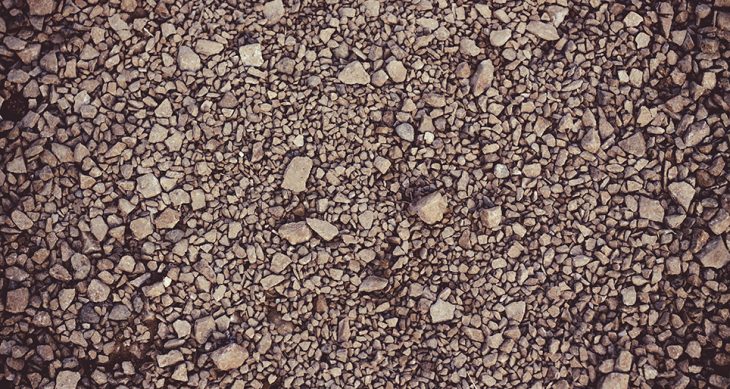
- Posted on
- Comments 1
Choosing a Rainwater Tank
The process of saving water is something of significant importance as it is actually the very first step for the rainwater harvesting procedure.
Securing the rain makes much more sense once you consider the proven fact that within Australia 50% of the yearly average of water intake is used for flushing the toilet or mowing your backyard. That amounts to a gigantic 250,000 to 300,000 liters of water actually going down the drain each year.

Utilizing rainwater can possibly save countless liters of water annually and family money for other requirements.
Now if we’ve established that rainwater harvesting is a fantastic concept, the next decision is what kind of rainwater tank best fits your situation, a large thing to base this decision on could be rainwater tank prices or space required.
The very first step in the tank choice procedure is: Decide just how much water is necessary, and can it be for the family or for outside use? Will you be needing a larger tank or a selection of slim water tanks?
The way you need to utilize the water tank is a basis for picking your own water tank.
If your demand is for outside water usage only, like for mowing the lawn or washing the car, then a straightforward calculation of everyday watering usage can be carried out. Household usage can be limited to the bathroom and washing machine, and it can be a necessity in some council areas, or it may be utilized for the entire property. Based on which portion of the home employs the water, this will decide the yearly usage.
Another aspect to think about is how large is the family — does it consist of two individuals or is it potentially a much larger family.
This a relatively straightforward calculation based on what the average yearly rainfall in the neighborhood area is and the number of square yards the roof that the rain is going to be captured out of. This calculation provides you with the entire liters which may be captured annually.
When the entire water grab intake is figured out, then another calculation would be to work out the number of times per year that the tank may fill up. This calculation relies on the daily intake as well as the rain patterns of the region. For instance, if the region has a relatively even distribution of rain and can be at a higher rainfall region, then it might be presumed the tank may fill three or four times annually. In drier areas, in which the rain is falling within only a certain time of year, then the tank might just fill two times per year.
How large or little tank do I want?
This is carried out by calculating the quantity of water captured by the amount of occurrences where the tank is going to fill. This will be figured out by multiplying the number of times your water tank will fill by the capacity it holds.
Note, this course of action isn’t a specific science as yearly rainfall may vary significantly in addition to the yearly usage of water. The overall recommendation is to get a bigger tank since it provides a buffer for drier years.
Another thing would be to choose the form and choose on what size tank you want. The form of the tank should fit the space available. Normally, it’s a curved or slimline design for an above floor. You may need to have a look at your drainage situation within your backyard and connecting to your house to see if a specific size would fit best, try consulting with a plumber if you need to reline drains for a better fit.
Your rainwater tank provider will complete the set up of the tank at your convenience. The tank setup is an excellent first step from the rain harvesting procedure and will instantly cut off your intake of mains water.
Rainwater tanks are produced in various substances that have a selection of advantages and drawbacks.
Materials
Water tanks normally come from the following substances:
Poly rainwater tanks aren’t subject to rusting and could be considered consequently perfect for the harsh Australian climate, especially in the regions around the sea. The caliber of the poly tank is equally important since this can guarantee a tank.
Steel tanks are manufactured from corrugated or flat polished metal, which could possibly be galvanized or coated. Which material you pick will be dependent on the dimensions of this tank.
Tanks created from concrete are currently largely used for underground tanks and also in certain instances in fire locations. They may be made on site and are best for hazardous areas. It is common for underground drains to have complications in industrial areas, so be prepared to bring in a blocked drain specialist to help with any issues.
Regulations
You need to contact and ask the regional council and water provider regarding specific regulations and rules local to your area.
If you’re constructing a new house or renovating your residence, there are definite requirements in certain countries and council places that will stipulate that electricity and water-efficient features like a rain tank are included on your plan. Check with the regional council.
Prices
When calling your water tank provider, ask what’s included in the quotation. (Delivery, setup, additional materials like a pump, plumbing, fittings, taps, additional materials like first-flush or back-flow prevention along with a stand).
Organizing the Tank Setup Site
Ahead of the container being delivered, it’s necessary that the space and tank foundation have been prepared.












